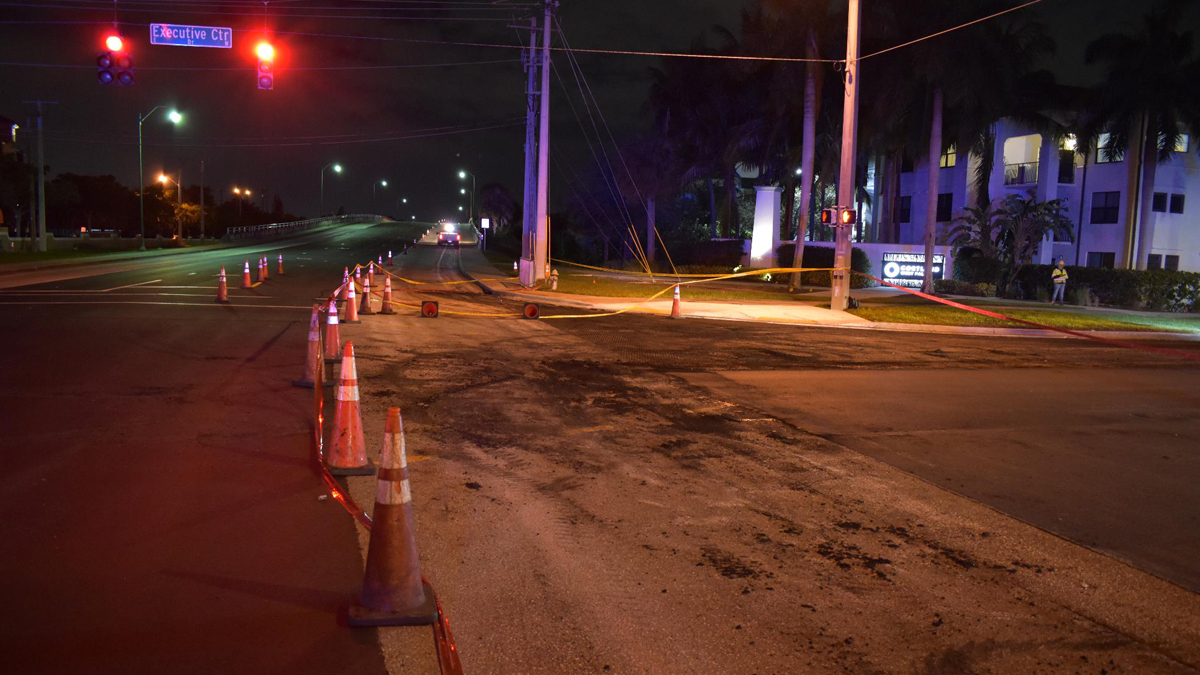Tell the public how county transit plans to regain lost riders

Advertisement

As plans to spend billions on new Miami-Dade rapid transit advance, the transit we already have is rapidly losing riders – as it has been for years – and this week is reducing service.
At what point can we expect transit leaders to reverse the flow and get riders back?
And at what point does the county begin to lower the $10 operating loss for each person who actually does ride?
We believe wholeheartedly in a mass transit web that will someday link together the entire county. But even true believers have to ask why what we have now is losing riders as the cost to the county of every passenger trip spirals higher.
It’s not that we have ancient equipment you wouldn’t want to board. The entire Metrorail fleet is new within five years. Buses are rapidly being replaced.
But the system is bleeding passengers. It last gained riders in 2013, up 3.2%. It’s been speeding in reverse ever since.
In fiscal year 2015 the system had 105.9 million rides. In 2016 it fell to 98.6 million, in 2017 to 89.1 million, in 2018 to 81.5 million, in 2019 to 79.1 million – and then understandable pandemic falls to 56 million in 2020 and 50.9 million in 2021. In a pandemic recovery, this year may be no worse than last – but that would still leave us with fewer than half the transit riders of just seven years ago.
This is not just an arithmetic exercise – it’s 55 million rides a year that disappeared as both population and highway congestion grew. Officials tell us the need for mass transit is greater than ever. So, why is use so far down and what are they going to do about it?
It is long past time for leaders to explain how they will reverse passenger flight. The need for transit is greater, we replaced 1983-vintage Metrorail cars and added newer and cleaner buses, more people are working in the county – yet transit use falls by multiple millions of rides every year.
The mass exodus from mass transit has multiple causes, no doubt. But what will reverse that fallout?
Officials better not be just waiting for all six legs of a Smart Program of new transit corridors to do the job of getting people back aboard. Completion of that program is 15 years away, if it all is ever built. Meanwhile, more and more of us are exiting the bus or train.
The fewer who ride, the more loses grow. In 2018 system operating cost per passenger trip was $6.77. In 2019 it rose to $6.94. In 2020 it was $8.33. Last year it soared to $11.06.
You’d expect the $2.25 fare on Metrobus and Metrorail (Metromover is free to all) to help offset those costs, but so many on bus and rail ride free or get discounts that the system recoups via the farebox less than 10% of its operating expenses – an average of $1.06 per passenger. The public subsidizes the rest at $10 per passenger. And those costs don’t even count what we pay to build the system and buy buses and trains.
Moving forward, transit leaders must spell out how they’re going to start bringing back right away the millions of transit rides that disappear every year. Habits of private cars are hard to break, and the challenge increases as more and more people flee transit.
Transit itself is not broken. It runs, if not always on time. It may be more punctual than hopping into your car to commute to work. But it is not being used as much.
Now transit use will erode more as Metrorail this week begins to run less frequently because it can’t get enough operators. The bus system already did the same.
If trains and buses can’t get operators aboard to meet schedules, how can the system expect to keep on board its decreasing group of riders? And the less frequent transit is, the less useful it becomes.
We are told the six legs of the Smart Program are what the community needs to link us together so you could take mass transit from anywhere in the county to anywhere else. What they don’t spotlight is that the six legs may all be modes that don’t link together. Besides the modes of transit we now have – bus, Metromover and Metrorail – if you want to get anywhere out of your own corridor you may have to change from an express bus to a monorail, and then shift to a rail system or the Metromover or whatever. There is nothing Smart in that.
Even that clearly imperfect web of mass transit will be better than what is now in those six corridors – because something is better than nothing.
It’s not an impossible task, but it’s going to take real creativity and smart marketing to get more people aboard less-frequent transit that was already losing passengers before the cutbacks.
Transit operators can’t just pray for passengers to return. It’s even harder to get back lost customers than to retain them, and even retention has been bungled to date.
But clearly the county can’t depend on completion of the Smart Program to build up transit. Leaders need to step before the public now and explain what they plan to do to succeed.


